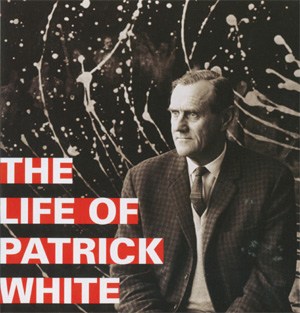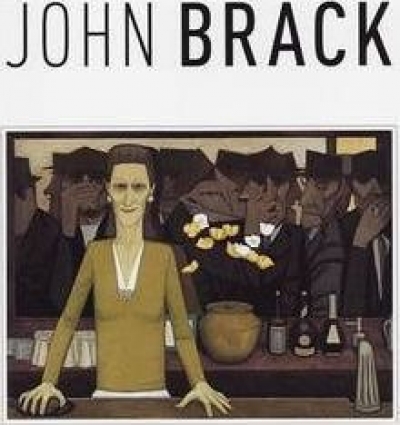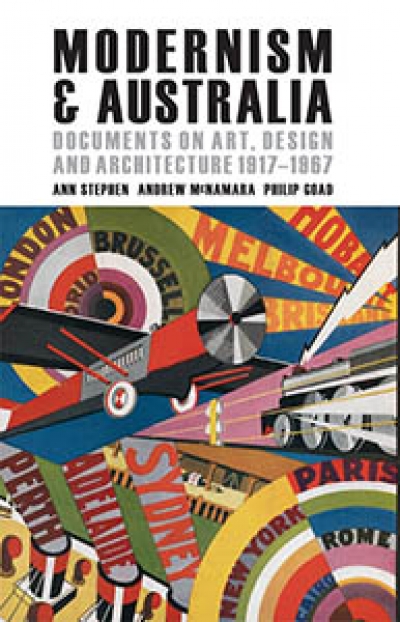Visual Arts
Entering the current Heide exhibition Stephen Benwell: Beauty, Anarchy, Desire – A Retrospective for the first time is quite an experience. Dispersed left and right on two enormous rectangular tables is a chronological survey of the work of one of Australia’s finest ceramic artists. The overview of a remarkable career can be examined in detail as the viewer moves from work to work up ...
In mid-May the Barnes Foundation opened at its new location in the cultural corridor of downtown Philadelphia. A cloud of controversy followed it to the end. The new building, handsome if flawed, from the gifted New York studio of Tod Williams and Billie Tsien, has attracted its share of criticism. The entrance, initially hard to find, is at the back of the building facing towards the car park and away from the parklands. The passage from entrance to galleries is awkward and inauspicious.
... (read more)In 1981, William Kentridge journeyed from apartheid South Africa to the École Jacques Lecoq in Paris, renowned for its work in improvisation and physical theatre – theatre that creates itself in play. Though Kentridge would become an artist – working in drawing, printing, animation, film, opera, and sculpture – physical theatre and improvisation come closest ...
 To Canberra on 12 April for the opening of a new travelling exhibition, The Life of Patrick White.
To Canberra on 12 April for the opening of a new travelling exhibition, The Life of Patrick White.
First, though, a quick dash that morning to Sydney for a meeting with Bernadette Brennan and Hilary McPhee. The three of us hav ...
The initial idea was for a new front door at the National Gallery of Australia. At least that is how Ron Radford, director of the Gallery, presented it to the one thousand or so guests in his remarks at the official opening of Andrew Andersons’ and PTW Architects’ Stage One ‘New Look’ at the NGA on Thursday, 30 September. Clearly, for the money involved and ...
David Walsh is a tease; he enjoys wordplay. The founder and owner of the Museum of Old and New Art (he prefers Mona, not MONA) concedes that his private playground is entirely a matter of self-gratification, like ‘the sin of Onan’. Hence the cheeky titles ‘Monanism’ for his inaugural exhibition of some 460 works, and Monanisms for the beautifully pr ...
A Singular Voice: Essays on Australian art and architecture by Joan Kerr edited by Candice Bruce, Dinah Dysart, Jo Holder
Although it is regrettable that A Singular Voice: Essays on Australian art and architecture by Joan Kerr, first proposed in 2003, when Kerr was still alive, has taken so long to appear, it has been worth the wait. The handsomely produced book displays Kerr’s writings to advantage, and the sparing but judicious use of images enhances and reinforces the egalitarian kind of art history that Kerr espoused.
... (read more)John Brack (1920–99) is one of the most remarkable of Australian painters, and a salient figure in the generation that included Arthur Boyd, Fred Williams, John Perceval, Leonard French, and John Olsen, of whom only two survive. Many viewers would see him as the imagination that made our suburbs viable as art; others have been in two minds about his clarity and perfectionism. Hard edges can make for tough responses.
... (read more)Modernism & Australia: Documents on art, design and architecture 1917–1967 edited by Ann Stephen, Andrew McNamara, and Philip Goad
A striking work by Adrian Feint and Hera Roberts appears on the cover of Modernism & Australia: Documents on Art, Design and Architecture 1917–1967. It shows an aeroplane, a locomotive and an ocean liner travelling in opposite directions through a vivid landscape of radiating lines and concentric circles. On the circular forms, which are reminiscent of abstract paintings by the French artist Robert Delaunay, we read the legend ‘Paris, Rome, New York, Cairo’; on the diagonal lines, ‘Hobart, Melbourne, Brisbane’. This 1928 work is typically modernist for its celebration of the exciting possibilities of modern technology, and in its use of bold colour areas and geometric shapes. It is also a declaration of a perceived, or wished-for, globalisation of culture, which Feint and Roberts, by adopting styles from international modernism, have realised in the work’s very design.
... (read more)The late Susan Sontag suggested that the photograph ‘offers a modern counterpart of that characteristically romantic architectural genre, the artificial ruin: the ruin which is created in order to deepen the historical character of a landscape, to make nature suggestive, suggestive of the past’. On viewing the retrospective exhibition Bill Henson: Three Decades of Photography, which was organised by the Art Gallery of New South Wales and is now at The Ian Potter Centre: National Gallery of Victoria Australia (NGVA), this familiar idea of the photograph as memento mori struck me as peculiarly apposite. Although the experience of Henson’s photographs is not quite the eighteenth-century one of sighing over ruins, the tone of the exhibition is distinctly melancholic, something like a syncopated elegy in pictures.
... (read more)



